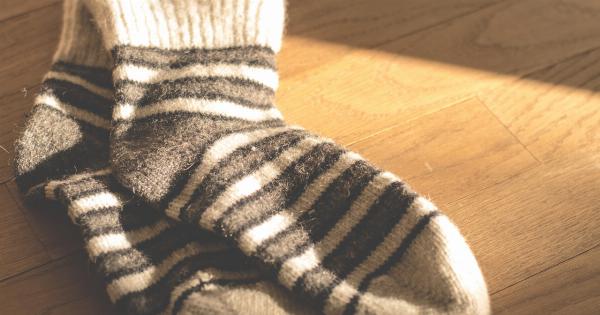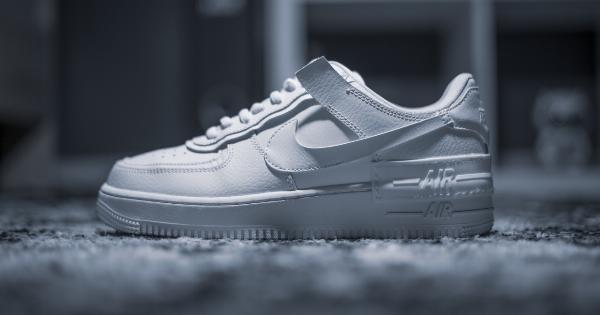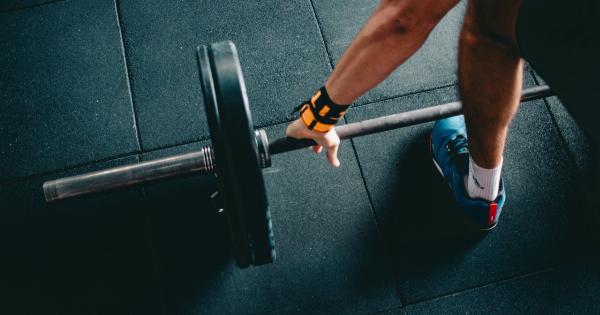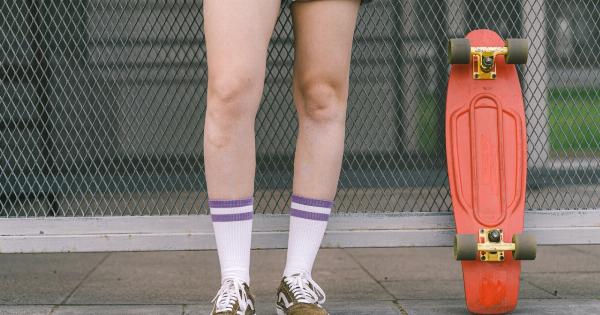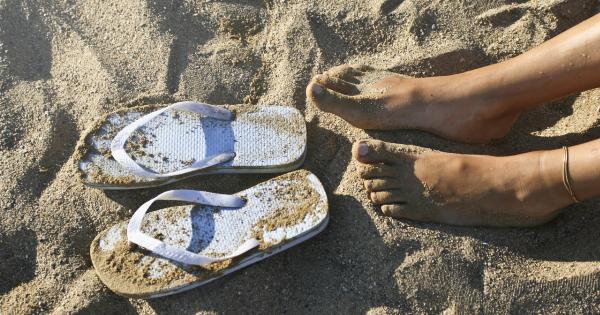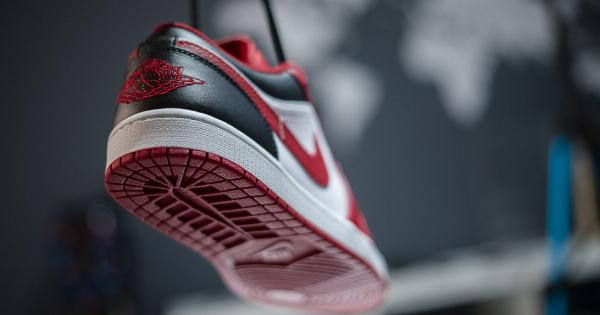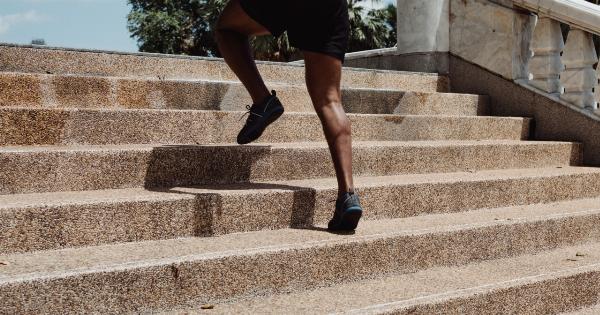When it comes to running, the shoes you wear can make a significant difference in your overall performance.
Whether you are a casual jogger or a professional athlete, selecting the right pair of running shoes can improve your stride, prevent injuries, and optimize your running experience. In this article, we will explore the importance of choosing the right shoes and how they can positively impact your running stride.
The Science Behind Running Shoes
Running shoes are designed specifically for the biomechanics of running. They are engineered to provide support, stability, and cushioning in areas where your feet hit the ground the most.
The midsole, outsole, and the materials used play a crucial role in the overall functionality of the shoe.
Cushioning and Shock Absorption
One of the essential aspects of running shoes is the cushioning they offer. The midsole of running shoes is typically made of materials such as ethylene-vinyl acetate (EVA) or polyurethane foam.
These materials provide shock absorption and cushioning, reducing the impact on your joints and muscles while running. The cushioning helps to distribute the force evenly and prevent injuries such as stress fractures or shin splints.
Support and Stability
Running shoes also provide support and stability for your feet and ankles. They are designed with features such as arch support, heel counters, and stability plates to assist in maintaining proper foot alignment while running.
Proper support minimizes overpronation or supination, reducing the risk of injuries and promoting a more efficient stride.
The Effect of Shoes on Running Stride
Choosing the right running shoes can correct biomechanical imbalances and optimize your running stride.
When your shoes offer the right amount of cushioning, support, and stability, your feet and body can align properly, minimizing any compensatory movements.
Reduced Impact on Joints and Muscles
Running shoes with adequate cushioning help absorb the impact when your feet hit the ground. This reduces the stress on your joints, such as knees and hips, and prevents the risk of common running injuries like stress fractures or runner’s knee.
The cushioning also helps to minimize muscle fatigue, allowing you to run longer and faster with less effort.
Improved Biomechanics
Proper running shoes can improve your running form and overall biomechanics. They can assist in maintaining a neutral foot position, reducing overpronation or supination.
By correcting your foot alignment, running shoes promote a more efficient stride, maximizing your speed and endurance. This, in turn, can lead to better race times and improved performance.
Optimizing Your Running Experience
Wearing the right shoes can significantly enhance your running experience. When your shoes fit well and offer the necessary features, you can focus solely on your running without any distractions or discomfort.
The right pair of shoes can boost your confidence, allowing you to push yourself further and achieve your goals.
Choosing the Right Running Shoes
Now that you understand the importance of running shoes, it’s crucial to choose the right ones for your specific needs. Here are a few factors to consider when selecting running shoes:.
1. Foot Type and Gait Analysis
Everyone’s feet are unique, and understanding your foot type can help in finding the right running shoes. Determine if you have high arches, low arches, or a neutral foot position.
Additionally, getting a gait analysis from a professional running store can help identify any specific requirements or conditions you may have.
2. Shoe Fit
A properly fitting running shoe is essential for optimal performance and comfort. Look for shoes that have a thumb’s width of space between your longest toe and the shoe’s end.
Make sure the shoes are snug but not too tight, as this can cause discomfort or blisters while running.
3. Shoe Type
Consider the type of running you will be doing when choosing your shoes. Road-running shoes are designed for pavement and even surfaces, while trail-running shoes offer more traction and stability for off-road terrains.
Additionally, there are specific shoes for long-distance running, sprinting, or racing.
4. Prioritize Comfort and Feel
Comfort should be your top priority when selecting running shoes. Walk or jog around in the shoes before making a purchase to ensure they feel supportive and comfortable.
Different brands and models may offer varying levels of cushioning, support, or stability, so find the one that suits your preferences.
Regular Maintenance and Replacement
Once you have found your perfect pair of running shoes, it is vital to take care of them. Regularly clean and dry your shoes to prevent the growth of bacteria or odor.
Keep track of the mileage on your shoes and consider replacing them every 300-500 miles to ensure optimal support and cushioning.
In Conclusion
Your running shoes play a crucial role in your overall running stride and performance.
By selecting the right pair that offers the appropriate cushioning, support, and stability, you can optimize your biomechanics, prevent injuries, and enhance your running experience. Take the time to find the perfect shoes for you, and watch as your stride improves and your running journey reaches new heights.






